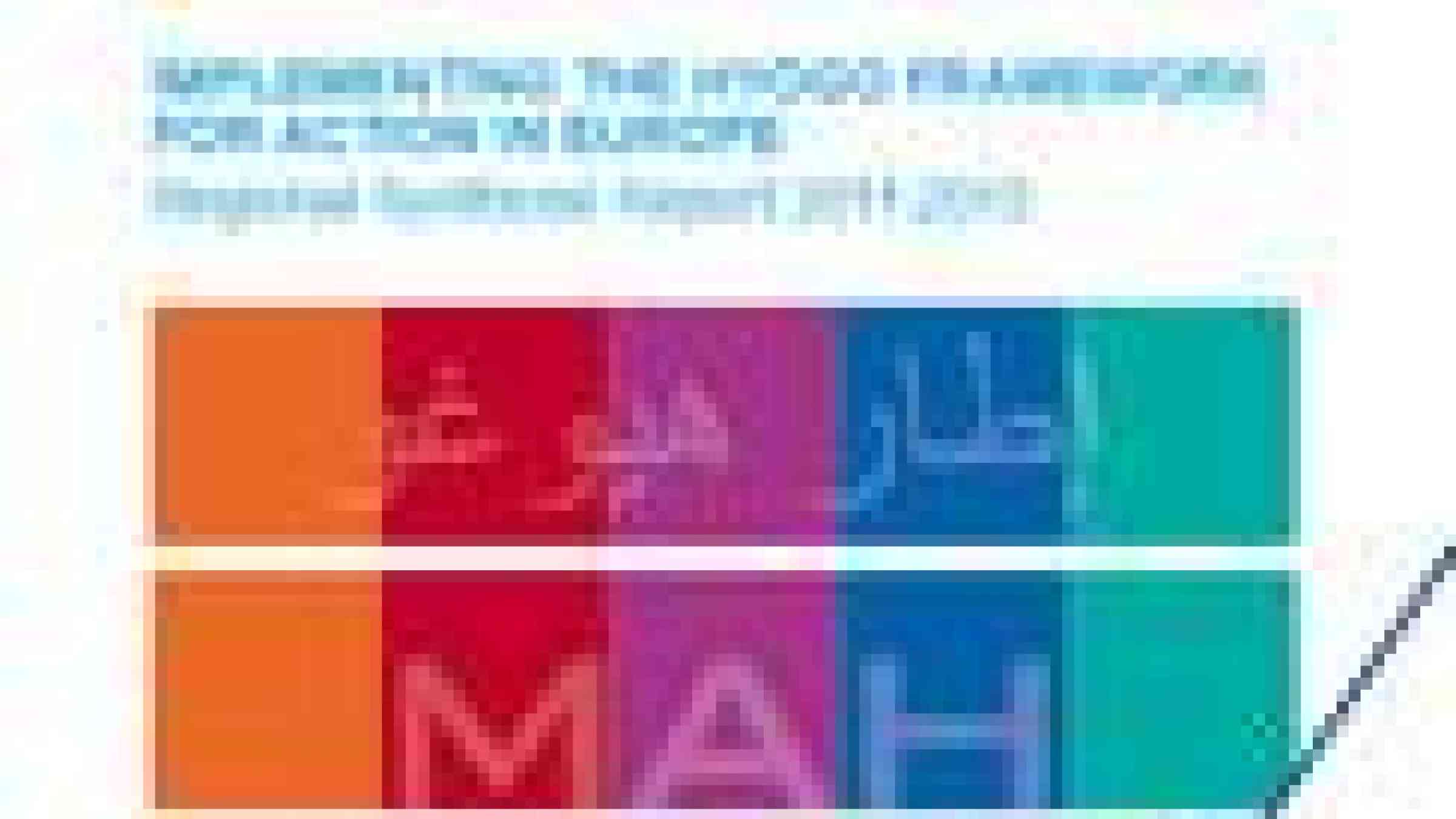Launch of European Regional HFA Implementation Report

GENEVA, 20 May 2013 - Disaster Risk Reduction (DRR) challenges are becoming greater every year. It is well known and understood by all disciplines in disaster prevention that previously unidentified threats are emerging, changes in technology are rendering formerly state-of-the-art systems obsolete or less effective, and migration patterns are causing population shifts to increasingly hazard-prone areas.
However, despite the goal posts moving constantly, consistent progress is being made in efforts to reduce damage and losses inflicted by disasters on people, their communities and livelihoods. This is one of the findings of the European Regional HFA Implementation Report, launched today during the European Forum for Disaster Risk Reduction (EFDRR) at the Global Platform for Disaster Risk Reduction in Geneva, Switzerland.
The report, covering 26 European countries and two countries from Central Asia, provides an overview of the progress and challenges in implementing the Hyogo Framework for Action 2005-2015: Building the Resilience of Nations and Communities to Disasters (HFA) between 2011-2013.
Paola Albrito, Head of UNISDR Regional Office says: “The HFA Regional Implementation Report illustrates that European countries are moving from a culture of reactive response and recovery from disasters, to one of proactive risk reduction safety. This has required a significant change from a ‘crisis mindset’, to one of resilience.”
Mr Vladimir Vaschenko, Minister for Emergency Situations of the Republic of Belarus adds: “The European HFA Regional Monitoring Report represents an important source of information and valuable guidance on the gaps to be addressed in building resilience to disasters, both at the national and regional levels.”
Meaningful progress has been made, as shown in the country-specific reports. While many challenges still remain, such as ensuring adequate resources for DRR and addressing risks in a comprehensive manner, progress has been achieved in some of the HFA’s five priority areas since the last reporting cycle.
This progress includes advances in cross-sectoral risk management; integration of DRR into climate change adaptation strategies and support of DRR in international development work. Furthermore, addressing new hazards such as food security and the explicit consideration of disaster-proofing in investment decisions, along with increases in training and raising awareness, are all positive signs of progress.
Furthermore, there has been an increase in the establishment of national platforms (Serbia; Belarus, Bosnia and Herzegovina; the Netherlands; Turkey; Greece; and Norway) and legal and policy frameworks have evolved and been updated to reflect both emerging risks and new insights into hazards.
The report also lists areas to take forward in the future, such as further engagement of the insurance sector, analysis of financial and social returns on public DRR investment, the promotion of greater public-private partnerships, and the use of creativity in leveraging lessons learnt from other successful initiatives where financial resources are limited.